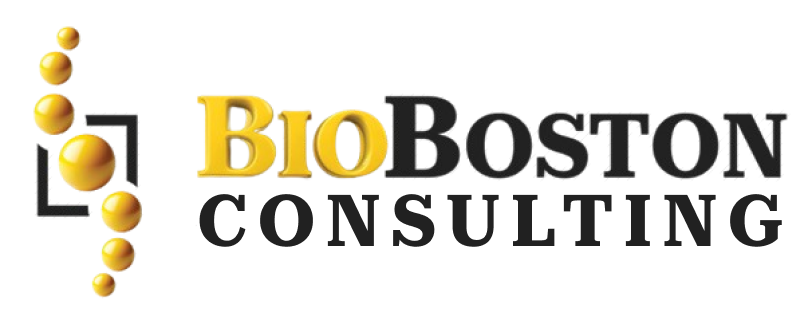Committing to regulatory compliance means prioritizing patient safety and product quality. Learn how to conduct gap assessments to ensure your organization meets all regulatory standards.
Introduction
Compliance is non-negotiable for any business organization in the fast-paced life science industry. Ensuring safety, efficacy, and product quality requires compliance with many regulations and guidelines.
While this complex regulatory landscape can be overwhelming to navigate, key enablers for achieving regulatory readiness will involve identification and remediation of compliance gaps.
In this article, we walk you through a step-by-step gap assessment from the perspective of a quality and regulatory consulting firm. We guide life science companies for performing effective gap assessments to ensure they are on the right path to achieve regulatory compliance.
Define Your Objectives
Determine your goals. Identify the applicable regulations, norms, or guidelines covering your organization’s products and operations. This will be the starting point for your analysis
Develop a Cross-Functional Team
The gap assessments must be supported and informed by data and advice from departments across your company. Collect a multidisciplinary team that includes subject matter experts (SMEs) from quality assurance, regulatory affairs, research and development, manufacturing, and any other functions that may be relevant. Collaboration among all the members of the multidisciplinary team is essential to complete the assessment.
Perform Regulatory Review
Review the applicable regulations and guidelines clearly. Inform your team of all requirements to be fulfilled.. This step is critical in identifying gaps between your existing practices and regulatory expectations.
Knowing the regulatory landscape will let you begin to identify gaps. This includes comparing what your existing processes, procedures, and documentation comprise to what is required in the regulations. Identify the areas your organization falls short on and any discrepancies that exist.
Prioritize Gaps
Not all compliance gaps are equal. Some are associated with a greater risk to the quality of your product or patient safety than others. Rank those you have identified so far according to their impact and the associated risk level. This will help you better in making resource allocation.
Plan Your Remediation
Once the gaps have been prioritized, it is now time to develop remediation plans. Work closely with your cross-functional team to outline the precise action required to fill each gap. Ensure that these plans are actionable, with timelines for completion.
Implement Remediation Actions
Execute the remediation plans as set in place in timelines. Identify and hand over the activities to other members and follow up carefully. This phase calls for efficient project management in which all activities are put into proper execution.
Monitor and Validate
Monitor the remediation activities towards constant progress. Validate if the remediation action addresses the gaps that are identified. If further adjustments need to be made, prepare to carry out such tasks.
Documentation
Proper record-keeping is essential throughout the entire gap assessment and remediation process. Ensure that you keep detailed records of the gaps identified, actions taken, and the result of those actions.
This documentation can be helpful to present the evidence of your commitment to compliance with the regulations.
Continuous Improvement
Regulatory compliance is not a destination but a journey. Even after closing the identified gaps, one should remain vigilant and continually improve the processes and procedures to continue to be in compliance.
Remain compliant with regulations and regularly review the gap assessment.
Conclusion
The concept of regulatory compliance in the life science industry is not only about requirements but also about promises to the patients, quality of product, and so much more.
Gap assessments will be done very effectively towards regulatory readiness. This step-by-step guide would ensure organizations identify compliance gaps and set priorities for remediation efforts, and, on its way toward meeting the right regulations.
Get on the road to regulatory compliance today and insist on the highest standards of quality and safety in the life science industry.
Contact us at BioBoston Consulting today or visit our website to find out how we can help your organization.

